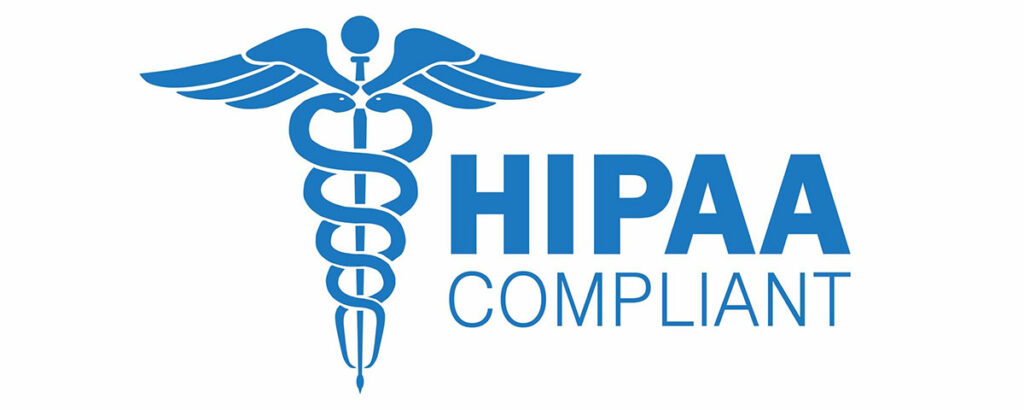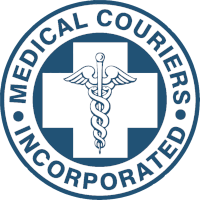We’re integral to healthcare logistics, so we’re always looking at new, emerging therapies. It allows us to stay ahead of the new protocols required to responsibly manage those shipments.
We have been watching the Cell and Gene Therapy (CGT) arena for some time. We can finally say that after a long road, CGT is taking off as a viable medicine!
How We’re Rising to the CGT Challenge
MCI is already meeting the challenges in this space. We work with companies that offer Cell and Gene Therapy today to ensure effective delivery of these nuanced shipments.
We are combining our best practices, gleaned from over fifty years of cold-chain logistics, with newly developed, technology enabled capabilities. With our added technology, we are enhancing our delivery DNA to grow and evolve our ability to support our clients and thrive in this exciting new arena of patient care.
Protocol compliance in real time
We have the ability to manage our driver behavior in real time. This lets us ensure on-time delivery and track key performance milestones with every package.
We require photo and event capture at the pick up location, throughout the transit time, and when the samples reach their destination.
Real-time tracking of package conditions
Cell and Gene therapies are sensitive and extremely precise. We offer our clients the ability to track temperature, shock exposure, humidity, and orientation of every package.
We are also developing methods to drive that individual package information to our client portals for visibility in near real time. This is part of our continued effort to increase transparency within our industry.
Alerts when packages or delivery timing is compromised
When you’re working with something as nuanced as CGT, you can’t afford to lose specimens from a compromised delivery. If something goes wrong with the packages or the delivery, we know about it. And when we get an exception alert, our order management teams jump to action. Our clients are involved as soon as possible and we work together to find the best solution for the therapy!
CGT Frequently Asked Questions
When we start looking into a new therapy, we do our homework. Here’s the basic CGT FAQs!
What is Cell and Gene Therapy and How Has it Evolved?
Cell and Gene Therapy is a type of medicine and therapy that involves extracting DNA, cells, or proteins from someone, altering them permanently, then injecting them back into the patient.
According to the FDA, gene and cell therapy can work in three different ways:
- Replacing a gene that is causing a disease with a healthy gene
- Making a gene inactive that isn’t working properly
- Introducing a completely new gene to the body to treat a disease
While this is a burgeoning field of medicine, it’s not a new science. The first time humans received a successful gene therapy treatment was in 1970. Then, in the 1980s, genetic engineering and gene transfer became established as a feasible and safe alternative to traditional routes of treating cancer and other biological disorders. As the therapies grew and gained popularity throughout the 1990s and early 2000s, there were setbacks in clinical trials that brought the potential dangers of cell and gene therapy to light. In the end, it took more than 40 years for cell and gene therapy to come to market.
2017 finally saw market approvals for using cell and gene therapy in medicine. This opened the door for new research and funding into the potential uses! Over the past few years, gene therapy has been gaining traction for everything from HIV to nerve issues to spinal atrophy.
What CGT is Used For
As this therapy grows, it becomes more and more applicable. It is especially useful when it comes to diseases that we previously considered incurable. Gene and cell therapy has the “potential to address complex diseases, such as motor neurone disease, and many rare disorders for which there are no effective treatments.” (UK BioIndustry Association)
So far, clinical trials have shown that cell and gene therapies can be helpful with diseases like:
- Severe combined immune deficiency
- Hemophilia
- Blindness caused by retinitis pigmentosa
- Leukemia and other cancers
- Spinal muscular atrophy
- Gene Therapy has shown significant promise in treating Cystic Fibrosis
And remember, this is just the beginning! Because the market approvals are relatively new, it’s likely that this field of medicine will grow rapidly in the coming decade.
Is Getting a Vaccine Considered Gene Therapy?
We have already created protocols and networks for vaccine transportation, and we wanted to compare getting a vaccine with CGT so that we could understand more about how these medicines differ.
Reuters reported that although a vaccine involves genetic codes, a mRNA vaccine is not considered “cell and gene therapy.” This is because mRNA technology does not change a person’s genetic makeup.
Cell and gene therapy is a highly personalized process, it exists to make very deliberate changes to a patient’s genetic makeup permanently.
So this tells us that while the logistical protocols may be similar, the individual nature of CGT puts more at stake when it comes to the safety of the samples that we transport.
Issues Surrounding Cell and Gene Therapy
Developing a completely new type of therapy always comes with issues and questions to address. Cell and gene therapies seem to be under extra scrutiny, by the public and scientists alike because it is a complicated science. Here are some of the issues.
1 – The logistics and coordination of activities
Logistically, gene and cell therapy is extremely challenging.
There are a lot of moving pieces and it takes an entire team of people for it to even have the chance to be successful. Gene therapy has to be brought to the person receiving it. Everything has to be very precisely coordinated.
Not only does the patient have to undergo a multitude of tests to even be eligible, those tests take specialized equipment and researchers to perform. Each sample is very carefully monitored and controlled throughout the process, including transport. Of course, creating specialized medical delivery is where we shine.
2 – The cell and gene therapy market and research community is small
10 companies control more than 97% of all the cell and gene therapies on the market. This means that the availability of the therapies is limited. It also means that funding and research for new cell and gene therapy technology is still in its infancy and the scientific instruments aren’t widely available. This exacerbates the need for highly skilled medical delivery and efficient transportation because we can ensure that specimens arrive safely for their procedures.
3 – It’s expensive and highly personalized
Between being a burgeoning field, having a lack of technology, and being necessarily personal (we are talking about DNA here), cell and gene therapy is very expensive.
Before they can even be considered for the therapy, a patient needs to undergo several genetic tests and have a very specific diagnosis. There needs to be highly specialized doctors, PhDs and specialists involved, hospital stays, lab work, machine and instrument rentals, and transportation costs associated with every step of the process.
And the reality is that, at this stage, every patient is completely unique. So there’s no way to streamline the process or simplify it yet. This may change in the (not so near) future, but it’s likely to be one of the most difficult obstacles to overcome.
The availability and access constraints lead a lot of people to question: will the high costs of gene therapy make it available only to the wealthy?
4 – Public opinion of cell and gene therapy isn’t very high
When it comes to public opinion, it’s more often based on emotions and gut reactions than it is based on the science. That’s especially true in this case because cell and gene science has been around for decades. It has had it’s fair share of the limelight, and it hasn’t always been positive. Not to mention that there is a very real science fiction, Doc Ock, kind of feeling that can be associated with this science.
Public outcry can (and has) lead to removal of crucial funding and deeper scrutiny of the medicine. This can cause real harm to the development of potentially life-saving therapies.
The scientific community feels that this stems from misunderstanding and a lack of scientific information.
5 – The ethical questions around cell and gene therapies
Edward Abbey said, “Growth for the sake of growth is the ideology of the cancer cell.”
And while the irony of gene therapy being seen in the same light isn’t lost on us, it also aptly defines the ethical concerns that a lot of folks have around the therapy.
You’ll see hot debates over questions like:
- How can “good” and “bad” uses of gene therapy be distinguished?
- Who decides which traits are normal and which constitute a disability or disorder?
- Could the widespread use of gene therapy make society less accepting of people who are different?
- Should people be allowed to use gene therapy to enhance basic human traits such as height, intelligence, or athletic ability?
Although these questions don’t, and can’t, have answers, they are instrumental in helping doctors, scientists, and scholars define the limits of what cell and gene therapy should be used for.
Are you a provider of cell and gene therapies? Reach out for specialized medical delivery services for your specimens!
Resources
Are Vaccines Considered Gene Therapy?
Gene Therapy Defined – FDA
History of Gene Therapy
CGT FAQs
BioIndustry Association on the Potential of Cell and Gene Therapy
Tests and Procedures that use Gene Therapies











